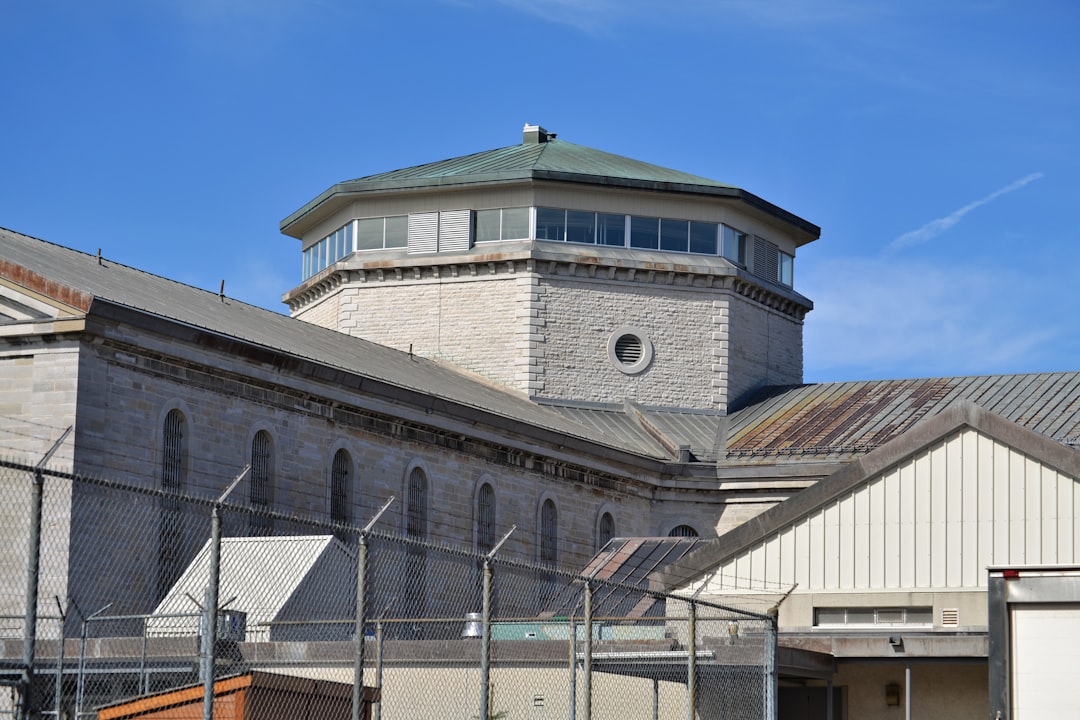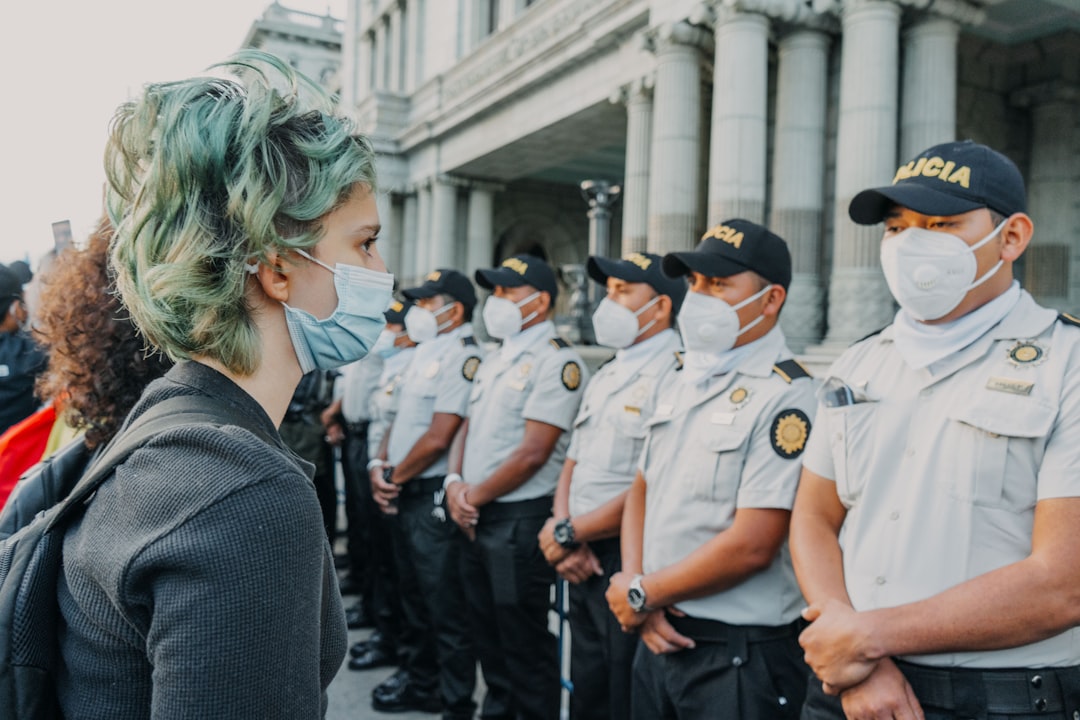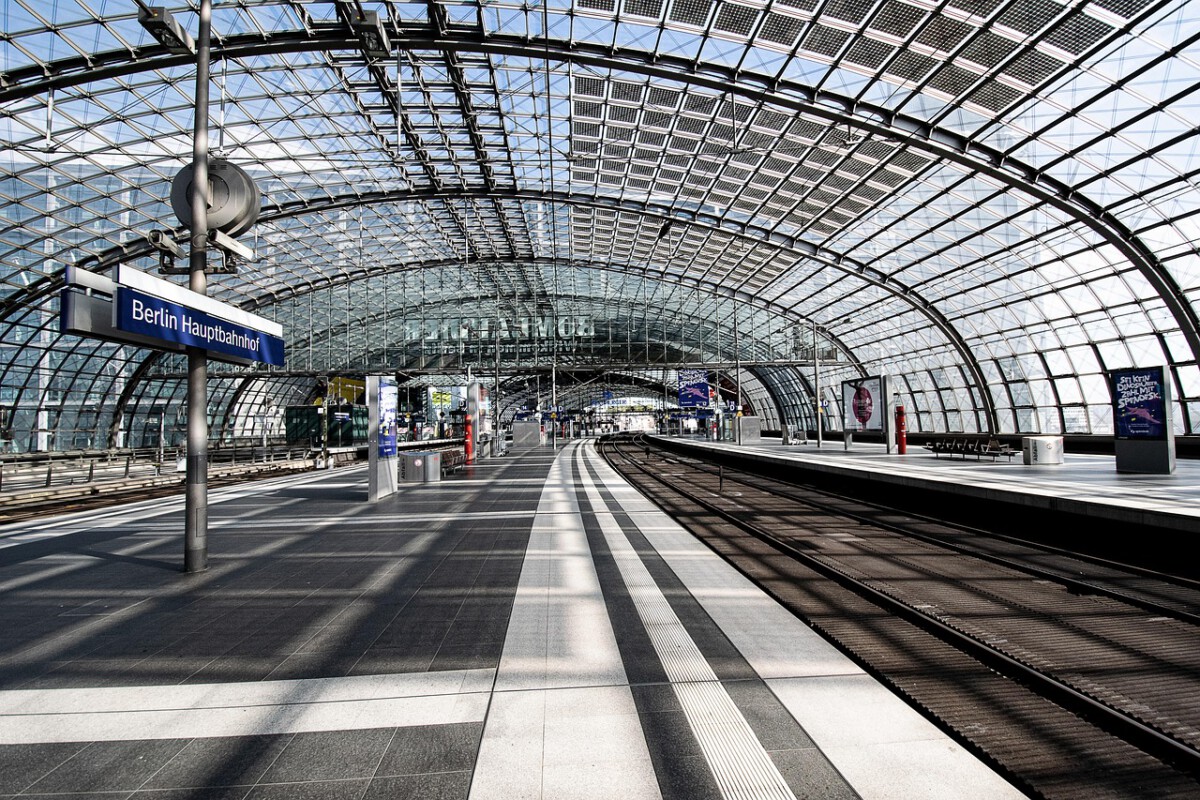Finland: The Pinnacle of Happiness

Finland has kept its crown as the happiest country in the world, with a happiness score of 7.8 out of 10 in 2023, according to the World Happiness Report. This Nordic nation captivates with its blend of modern comforts and deep-rooted traditions. Finns benefit from a top-tier education system that encourages creativity and low stress, which helps children and adults alike to flourish. Social welfare is robust, offering strong safety nets for healthcare, unemployment, and parental leave. The sense of trust in government and among neighbors is remarkably strong, easing daily anxieties for everyone. Nature is at the heart of Finnish life—imagine a land dotted with thousands of lakes and forests, inviting citizens to embrace the outdoors year-round. Work-life balance is not just a cliché here; it’s a way of life, with workers enjoying generous vacations and flexible hours. Finland’s commitment to equality and environmental stewardship rounds out a package that consistently puts smiles on its people’s faces.
Denmark: A Model of Contentment

Denmark claims the second spot in worldwide happiness, scoring an impressive 7.6 out of 10. The Danish lifestyle is shaped by the beloved idea of “hygge,” an ethos of cozy contentment that seeps into every corner of daily life. Citizens feel secure thanks to a stable welfare state that provides free education, universal healthcare, and strong unemployment benefits. Trust in institutions is high, and corruption is low, allowing Danes to focus on what matters—family, friends, and community. Denmark’s cities are famously bike-friendly, keeping people healthy and connected to their environment. Financial security is strong here, as the country’s high GDP per capita ensures most Danes enjoy comfortable lives. The education system is free and encourages independent thinking, preparing young people for a changing world. Social equality and a welcoming attitude toward diversity make Denmark a place where most people feel they belong.
Switzerland: Wealth and Well-Being

Switzerland ranks third on the happiness scale, boasting a 7.5 out of 10 score and a reputation for both natural beauty and social stability. The Swiss benefit from an enviable healthcare system that is among the world’s best, ensuring citizens feel cared for throughout their lives. Political stability and personal freedoms are core values, giving people a sense of control and safety. With the Alps as a backdrop, outdoor activities are woven into daily routines, from skiing in winter to hiking in summer. Education is highly valued, with strong opportunities for both academic and vocational paths, helping young people find rewarding careers. The Swiss economy is resilient, with low unemployment and high wages, allowing families to enjoy both security and leisure. Social security and pension systems provide peace of mind for all ages. All these factors combine to create a society where well-being is not just an aspiration—it’s a reality.
Iceland: Nature and Community

Iceland holds its place among the happiest countries, with a happiness score of 7.5 out of 10. The island’s dramatic landscapes—think geysers, glaciers, and volcanoes—are not just for tourists; they’re central to the Icelandic way of life, inspiring a deep connection to nature. Social cohesion is strong, and people often describe Iceland as one big extended family. The government is progressive, prioritizing gender equality and social justice, which helps create a fair and inclusive environment. Education is free and accessible, focusing on innovation and critical thinking skills that prepare children for the future. Crime rates are among the lowest in the world, so children play freely and adults feel safe. Iceland is also a leader in renewable energy, with nearly all the nation’s power coming from geothermal and hydropower sources. This commitment to sustainability not only protects the environment but also builds a sense of shared purpose.
Netherlands: A Happy Society

The Netherlands comes in fifth in global happiness, with a score of 7.4 out of 10. Dutch society is known for its progressive spirit, with pioneering social policies on LGBTQ+ rights and gender equality. Healthcare and education are both high-quality and widely accessible, giving everyone a fair shot at a good life. The Dutch economy is strong, offering low unemployment and high wages, which means families can afford both essentials and small luxuries. Bicycles outnumber people here, encouraging healthy living and a connection to the beautiful landscape. Community life is vibrant, with neighbors often gathering at local cafés and parks, reinforcing bonds. Work-life balance is highly valued, with flexible hours and plenty of vacation time, so people don’t have to choose between career and personal happiness. The Dutch approach to life is practical and open-minded, promoting tolerance and kindness.
Norway: Nature and Equality

Norway stands out as the sixth happiest nation, also scoring 7.4 out of 10 and offering its citizens stunning natural beauty at every turn. The majestic fjords, mountains, and forests are more than scenery—they’re a way of life, encouraging Norwegians to spend time outdoors in all seasons. Norway’s welfare system is comprehensive, providing universal health care, free education, and generous parental leave. Gender equality is prioritized, with women enjoying equal opportunities in work and politics. The country’s economy is robust, buoyed by oil wealth but also diversified into technology and green energy. Social connections are strong, and community events are common, creating a sense of belonging. Norwegians trust their government and each other, which reduces stress and fosters cooperation. Education is free and encourages lifelong learning, helping people stay engaged and informed.
Sweden: A Balanced Life

Sweden rounds out the top seven with a happiness score of 7.3 out of 10, celebrated for its blend of modernity and tradition. Swedes enjoy an enviable standard of living, supported by one of the world’s most generous social welfare systems. Trust in government and public institutions is high, making daily life feel secure and predictable. Work-life balance is a national priority, with employees enjoying long parental leaves and ample vacation. Education is free from preschool through university, focusing on creativity and equipping children with practical skills. Sweden is a leader in environmental sustainability, with ambitious goals for renewable energy and eco-friendly living. The economy is strong and stable, offering high wages and a safety net for those in need. Social equality is deeply embedded in Swedish culture, making it a welcoming home for people from all backgrounds.
Afghanistan: The Weight of Conflict

Afghanistan remains near the bottom of the happiness rankings, scoring just 2.5 out of 10 in the World Happiness Report. Ongoing conflict and instability have left deep scars on daily life, with many families living in fear and uncertainty. Access to basic services like healthcare, education, and clean water is limited for much of the population. Unemployment is high, and opportunities for young people are scarce, which fuels frustration and hopelessness. Corruption and weak governance undermine trust and make everyday life even more challenging. Women and minorities face significant discrimination, further reducing overall well-being. Community ties provide some support, but the threats of violence and poverty often overwhelm these networks. The international community continues to provide aid, but real progress remains painfully slow.
South Sudan: Struggles Amid Hardship

South Sudan, with a happiness score of 3.0, is another nation facing immense challenges. Years of civil war and violence have uprooted millions of people, creating one of the world’s largest refugee crises. Food insecurity is rampant, with many families relying on humanitarian aid just to survive. Access to healthcare and education is extremely limited, especially in rural areas where infrastructure is lacking. The economy is fragile, with most people working in subsistence farming and facing unpredictability due to weather and conflict. Political instability and corruption make it difficult for communities to rebuild trust or plan for the future. Social connections are strong in many villages, but the pressures of survival often take precedence over happiness. Hope persists among the people, but daily life remains a struggle.
Zimbabwe: Economic Turmoil and Hardship

Zimbabwe is another country struggling with happiness, scoring just 3.3 out of 10. Once considered the breadbasket of Africa, it has faced decades of economic decline due to political turmoil and mismanagement. Hyperinflation has wiped out savings and made everyday goods unaffordable for many families. Access to healthcare and education is uneven, with rural areas most affected by shortages. Corruption in government remains widespread, undermining trust and hope for change. Unemployment is high, particularly among the youth, which creates a sense of stagnation and frustration. Despite these challenges, communities often come together to support each other in tough times. The country’s natural beauty and resources remain untapped potential, but for now, daily life is marked by hardship and uncertainty.
What Drives Happiness in a Nation?

Happiness in a country isn’t just about money—it’s about a mix of security, trust, opportunity, and community. Economic stability ensures people can afford food, shelter, and healthcare, but it’s not the only factor. Social support, like having friends and family to lean on, boosts well-being even in hard times. Trust in government and low corruption help people feel their voices matter and their taxes are well spent. Access to free or affordable education and healthcare removes daily worries, letting people focus on their dreams. Community activities and social equality create a sense of belonging and purpose. Environmental sustainability is becoming more important, as clean air and green spaces are shown to boost happiness. Countries that score high on these factors consistently rank as the happiest places to live.
Simple Habits in the Happiest Nations

In the world’s happiest countries, daily habits make a big impact. People tend to spend more time outdoors, whether biking in the Netherlands, hiking in Norway, or relaxing by a Finnish lake. Meals are often shared with family or friends, building strong social ties and reducing loneliness. Community events, like festivals or local markets, help people feel connected and involved. Many citizens volunteer or participate in clubs, which research links to greater happiness. Even small routines, like enjoying a cup of coffee with neighbors or taking a midday walk, add up over time. Workplaces often encourage breaks and flexible hours, recognizing that rest boosts productivity and happiness alike. These simple habits, repeated day after day, create a culture where well-being is part of the fabric of daily life.







